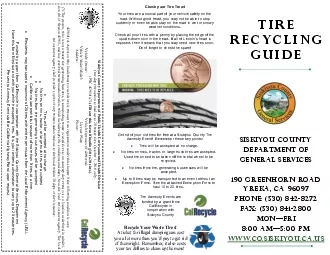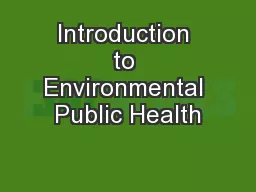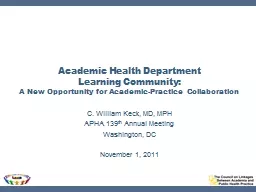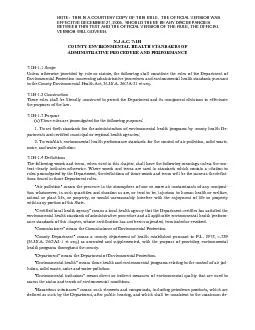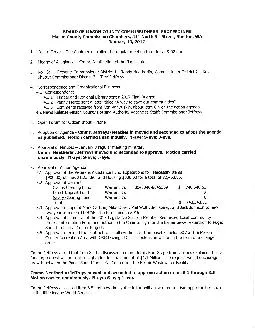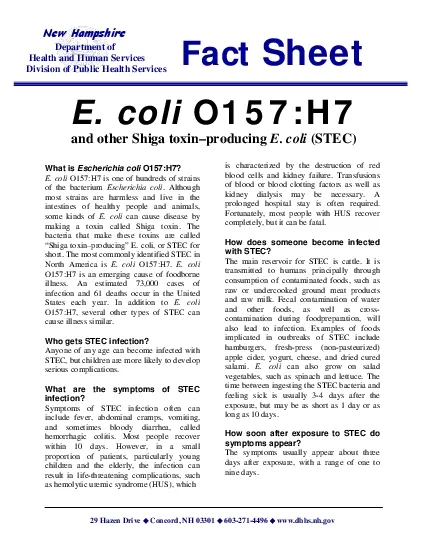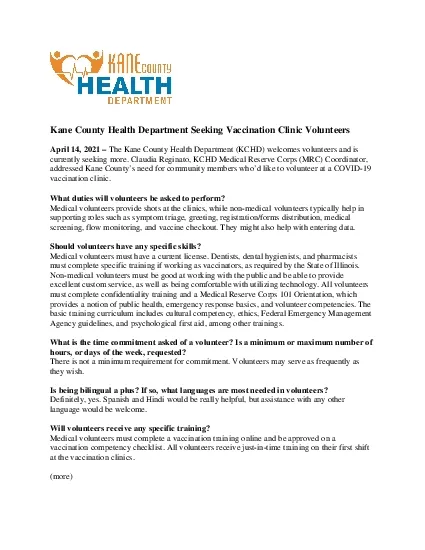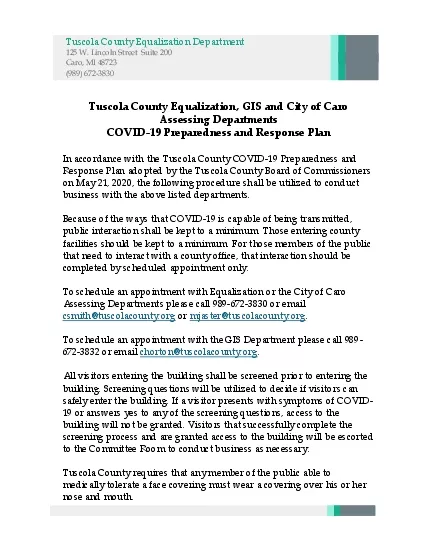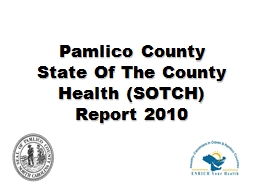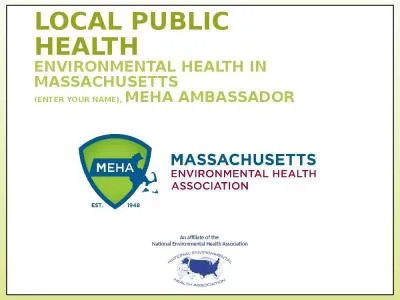PDF-Siskiyou County Department of Public Health Environmental Health Divis
Author : harper | Published Date : 2021-08-27
SISKIYOU COUNTY DEPARTMENT OF GENERAL SERVICES 190 GREENHORN ROAD Fax 530 8412800 WWWCOSISKIYOUCAUSIllegal tire dumps are a threat to people and the environment
Presentation Embed Code
Download Presentation
Download Presentation The PPT/PDF document "Siskiyou County Department of Public Hea..." is the property of its rightful owner. Permission is granted to download and print the materials on this website for personal, non-commercial use only, and to display it on your personal computer provided you do not modify the materials and that you retain all copyright notices contained in the materials. By downloading content from our website, you accept the terms of this agreement.
Siskiyou County Department of Public Health Environmental Health Divis: Transcript
Download Rules Of Document
"Siskiyou County Department of Public Health Environmental Health Divis"The content belongs to its owner. You may download and print it for personal use, without modification, and keep all copyright notices. By downloading, you agree to these terms.
Related Documents

